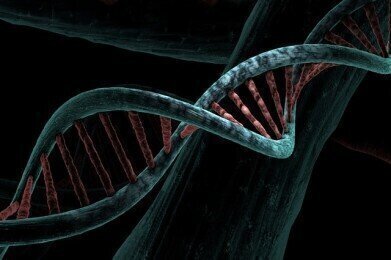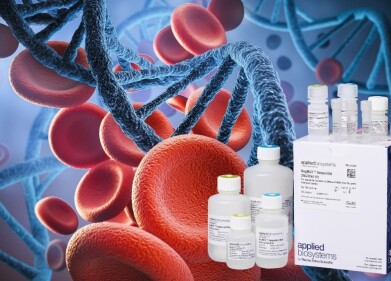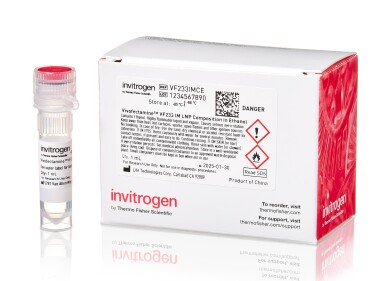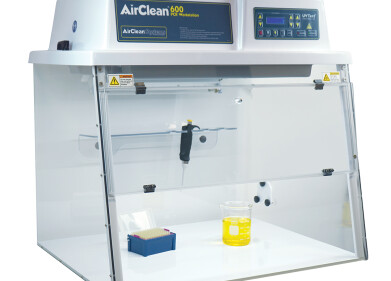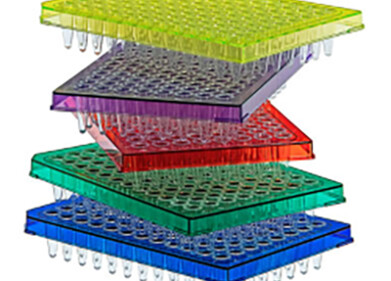DNA / RNA
How Can Click Chemistry Help with DNA Labelling?
Oct 31 2022
Fast and efficient, click chemistry has made a mark in a wide range of scientific disciplines, from pharmacology to materials science. DNA labelling and nucleic acid research is one field that’s been revolutionised by the framework. Specifically, click chemistry has empowered researchers with the tools to bond molecular entities using copper-catalysed azide-alkyne cycloaddition (AAC) ‘click’ reactions. Compared to traditional chemical and enzymatic methods, AAC click reactions are fast, efficient and extremely cost effective.
Tagging oligonucleotides with click chemistry
The advent of click chemistry has made it possible to label DNA with fluorophores. These fluorescent chemical compounds are used to tag and ligate short DNA and RNA strands called oligonucleotides. This breakthrough has had an exciting impact on fields like DNA sequencing, genetic analysis and genomics. The potential to assemble nucleic acids easily and efficiently has also transformed specialty fields such as nanotechnology.
Click chemistry for CRISPR-Cas gene editing
CRISPR-Cas gene editing is another field that’s been transformed by click chemistry. “Applications of click chemistry in the highly topical and biologically important field of CRISPR-Cas gene editing has been explored for the fast and high-throughput generation of libraries of single guide RNAs,” reads an article published in the journal Chemical Reviews.
The scalability of click chemistry is especially exciting, with the team explaining the high-throughput framework can be used to mass develop oligonucleotide analogues. “This is particularly exciting as oligonucleotide therapeutics promise to deliver entirely new classes of medicines for “hard to treat” diseases,” reads the Chemical Reviews article. “Such constructs will also have important uses in biotechnology, nanotechnology, and materials chemistry.”
Combating cancer with click chemistry
In an article published in the journal Nucleic Acids Research, the authors introduce click chemistry as a method for building oxidative agents to damage DNA. They call it a ‘click and cut’ approach and say it can be used to create metallodrugs used to treat various forms of cancer in humans. This includes cancers linked to volaticle organic compounds (VOCs) - carcinogenic gasses emitted by everyday items like paints, furniture and vehicle interiors.
“The approach involves the development of a series of polyamine ligands where three primary, secondary or tertiary alkyne-amines were selected and ‘clicked’ using the copper-catalysed azide-alkyne cycloaddition reaction to a 1,3,5-azide mesitylene core to produce a family of compounds we call the ‘Tri-Click’ (TC) series,” reads the abstract.
They say the method will help scientists improve tumour resistance in metallodrugs, as well as develop new therapies for cancers that currently have no treatment options.
DNA labelling is one of many applications for click chemistry. Find out more about how the framework has transformed other fields, including drug discovery and cancer therapies in ‘What is Click Chemistry? Everything You Need to Know’.
Digital Edition
ILM 50.2 March 2025
March 2025
Chromatography Articles - Effects of small deviations in flow rate on GPC/SEC results Mass Spectrometry & Spectroscopy Articles - Waiting for the present to catch up to the future: A bette...
View all digital editions
Events
Mar 17 2025 Milan, Italy
Mar 18 2025 Beijing, China
Mar 20 2025 Brussels, Belgium
Mar 20 2025 Chandigarh, India
ACS National Meeting & Expo, Spring 2025
Mar 23 2025 San Diego, CA, USA
